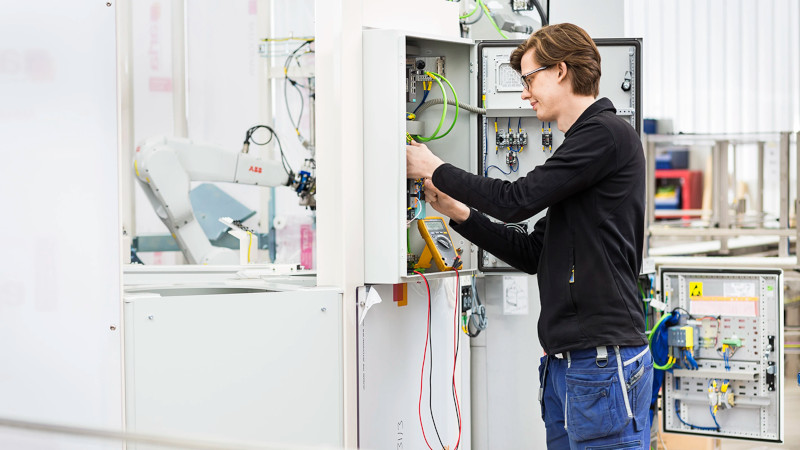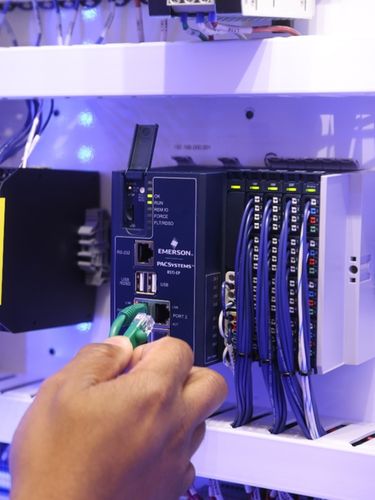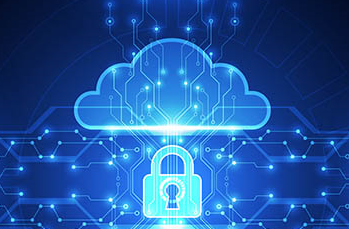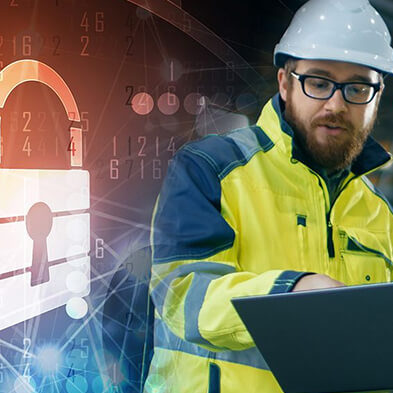Why Choosing American-Made Robots Matters—The Standard Bots Edge
At CB Pacific, we’re proud to offer cutting-edge automation solutions—including Standard Bots, a line of collaborative robots (cobots) that are engineered, built, and fully supported in the United States. Whether you’re increasing throughput, addressing labor challenges, or modernizing processes, Standard Bots delivers dependable, American-made automation that’s built for the realities of U.S. industry.
Built in the USA. Backed by Local Support.
When you invest in Standard Bots, you’re getting more than advanced automation—you’re choosing a U.S.-designed and manufactured robotic platform with responsive domestic service and support.
– Shorter lead times with American manufacturing
– Fast, reliable assistance from U.S.-based support teams
– Easy access to replacement parts and service resources
– Local engineering collaboration for smoother implementation
Whether you’re launching a new line, integrating a turnkey system, or scaling operations, Standard Bots helps you deploy confidently—with reliable performance and regional support.
Designed for U.S. Manufacturing Needs
American manufacturers face mounting challenges—labor shortages, global pressures, and tight margins. Standard Bots were purpose-built to help businesses adapt with automation that’s intuitive, durable, and ready for the demands of real-world production.
– Seamless plug-and-play integration with CNCs, PLCs, and tooling
– Excellent fit for high-mix, low-volume workflows
– Fast setup for quick return on investment
– A rugged design ideal for shop-floor environments
From inspection and assembly to palletizing and machine tending, these cobots bring practical, scalable automation within reach of manufacturers large and small.
A Powerful Tool for System Integrators
System integrators need reliable, flexible solutions that deploy quickly and integrate smoothly. Standard Bots checks every box—with open architecture, easy configuration, and dependable support.
– Rapid setup to meet project timelines
– Compatible with leading automation platforms
– Customizable for unique applications and workflows
– Readily available service parts to reduce downtime
– “Made in America” quality that helps strengthen proposals
With Standard Bots, integrators can reduce project complexity while delivering exceptional results to their clients.
Empowering Education with Industry-Ready Robotics
Training the next generation of engineers, technicians, and automation specialists requires equipment that reflects today’s industrial standards. Standard Bots offers accessible, American-made collaborative robots that are ideal for education and workforce development programs.
– Simple setup and intuitive programming—even in non-technical environments
– Safe, collaborative operation for interactive, hands-on learning
– Aligned with automation, robotics, and mechatronics curricula
– Durable enough for repeated classroom or lab use
– Backed by responsive, U.S.-based support teams
From high schools and trade programs to technical colleges and universities, Standard Bots helps educators deliver real-world training with real-world tools.
Supporting Domestic Innovation and Growth
Every Standard Bot represents a commitment to American innovation. From engineering and production to logistics and after-sale support, these cobots help fuel a stronger U.S. manufacturing ecosystem.
By choosing U.S.-made robotic automation, you’re not just solving today’s production challenges—you’re contributing to long-term economic resilience.
What Sets Standard Bots Apart?
From factory floors to integration labs, Standard Bots delivers smart automation designed to perform where and when it matters most.
– Built in the USA for speed, support, and supply chain confidence
– Simple to deploy with intuitive, plug-and-play controls
– Scalable and cost-effective for fast ROI
– Durable and adaptable for tough industrial environments
– Backed by responsive, experienced domestic teams
Explore the RO1 Collaborative Robot
The RO1 is the flagship collaborative robot from Standard Bots—delivering high performance, flexibility, and U.S.-built quality. It’s the ideal automation tool for teams seeking simplicity and power in a single package. Learn more at cbpacific.com/standard-bots-ro1.







